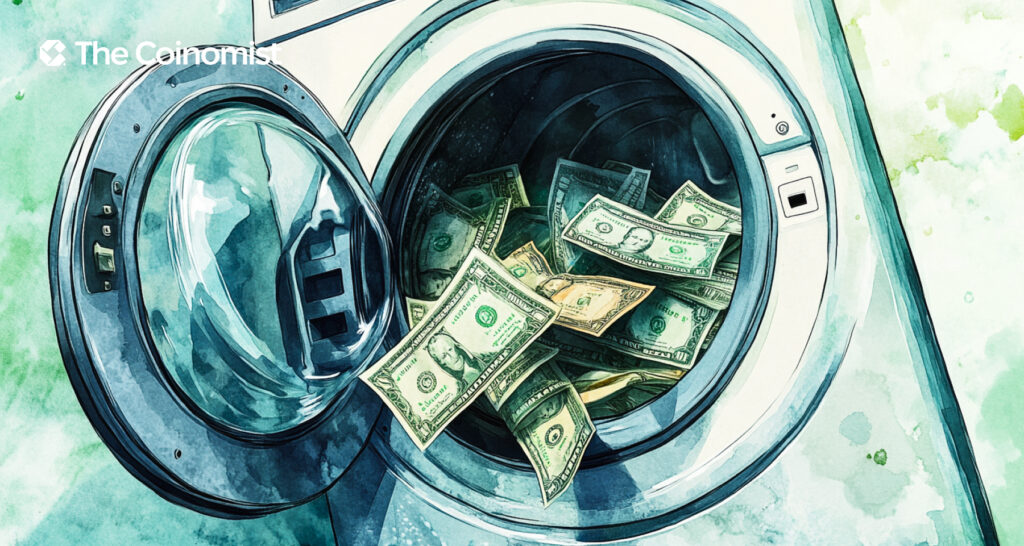Weekly Analysis of BTC, ETH, and the Stock Market (19.08.2024)

An overview of BTC, ETH, XAUT, and S&P500 charts, and the current cryptocurrency market dynamics.
On this page
Bitcoin (BTC)
Over the past week, the Bitcoin chart has shown little change, with the cryptocurrency continuing to trade sideways within a range defined by the support level at $56,845 and a broad resistance zone between $60,300 and $64,000.
A breakout beyond this range will be critical for determining Bitcoin's next direction. If BTC can establish itself above $64,000, it could signal a resumption of the upward trend, potentially leading to a new all-time high.
Conversely, if BTC falls below $55,000, it would indicate weakening buyer momentum and suggest a deeper correction. In that case, a retest of the support zone between $49,100 and $53,000 could be on the horizon.
BTC/USDT H4 Chart
Ethereum (ETH)
The second-largest cryptocurrency has mirrored Bitcoin’s movement due to their high correlation. Over the past week, ETH has remained within a narrow range, with support at $2,520 and resistance between $2,700 and $2,850.
For a bullish scenario to play out, ETH would need to break above the psychological level of $3,000 and test the resistance zone between $3,100 and $3,400.
However, if the price declines, it could drop into the support zone between $2,100 and $2,400, with a possible new low around $1,750.
ETH/USDT H4 Chart
S&P500 (SPX)
The recent correction in the S&P 500 was short-lived, with the index quickly rebounding above $5,550. The S&P 500 may soon reach a new all-time high, after which a technical pullback could occur.
A downward move toward the lower boundary of the ascending channel, in the $4,400–$4,600 range, would be a logical next step. However, shorting against such a strong trend would be risky.
SPX W1 Chart
Tether Gold (XAUT)
Last week, Tether Gold (XAUT) approached its all-time high, testing the $2,510 level. Meanwhile, physical gold in the stock market reached a new all-time high.
Continued growth is the most likely scenario for XAUT. However, if a correction occurs, it's unlikely to drop below the support zones at $2,355–$2,393 and $2,335.
XAUT/USDT D1 Chart
BTC Dominance, Altcoin Season Index, and Fear and Greed Index
The Bitcoin dominance index has slightly decreased since last week, now standing at 56.91%. This is still a high level, indicating Bitcoin’s strong dominance in the cryptocurrency market.
BTC Dominance Index. Source: tradingview.com
The Altseason Index is at a concerning low of 22 points. Altcoins are not seeing significant growth, and during each BTC correction, they tend to decline sharply. As a result, this index has remained consistently low for several months.
Altcoin Season Index. Source: blockchaincenter.net
The Fear and Greed Index remains steady at 28 points, indicating a state of “Fear.” Investors currently view cryptocurrency assets as highly risky.
Fear and Greed Index. Source: alternative.me
Economic News
This week is packed with key economic events:
- U.S. crude oil inventories and the release of the FOMC minutes (Wednesday, August 21);
- Initial jobless claims, the U.S. Manufacturing PMI, and U.S. existing home sales (Thursday, August 22);
- Fed Chair Powell's speech and U.S. new home sales (Friday, August 23).
While these events may not have major macroeconomic significance, they could temporarily increase volatility in cryptocurrency markets due to their impact on the U.S. dollar.
Check out The Coinomist for the latest cryptocurrency rates and chart analysis.
Disclaimer
Please note that the analysis provided above should not be considered a trading recommendation. Before opening any deals, we strongly advise conducting your own research and analysis.
Abbreviations
TF (Timeframe) — a chronological period equal to the time it takes to form one Japanese candle on the chart.
Horizontal channel (flat, sideways, range) — the price movement between support and resistance levels, without going beyond the given range.
К — simplified designation of one thousand dollars of the asset price (for example, 23.4K – $23,400).
Gray range on the chart — a support zone.
Red range on the chart — a resistance zone.
Correlation — the tendency of prices of different cryptocurrencies to move in sync, often influenced by the dominance of one of the assets.
Initial materials
This analysis was informed by the following educational materials and articles from The Coinomist:
The content on The Coinomist is for informational purposes only and should not be interpreted as financial advice. While we strive to provide accurate and up-to-date information, we do not guarantee the accuracy, completeness, or reliability of any content. Neither we accept liability for any errors or omissions in the information provided or for any financial losses incurred as a result of relying on this information. Actions based on this content are at your own risk. Always do your own research and consult a professional. See our Terms, Privacy Policy, and Disclaimers for more details.

































